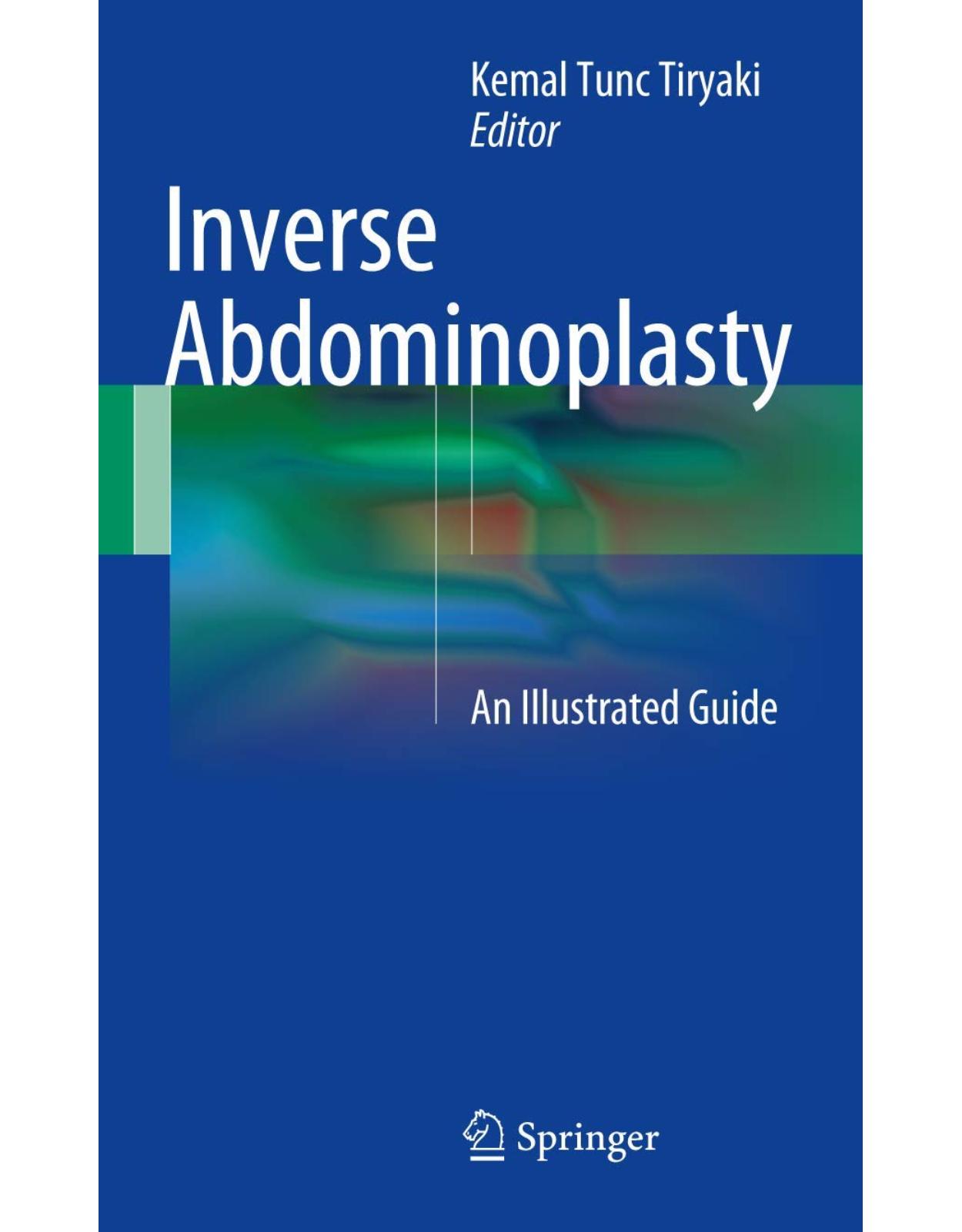
Inverse Abdominoplasty: An Illustrated Guide
Livrare gratis la comenzi peste 500 RON. Pentru celelalte comenzi livrarea este 20 RON.
Disponibilitate: La comanda in aproximativ 4 saptamani
Autor: Kemal Tunc Tiryaki
Editura: Springer
Limba: Engleza
Nr. pagini: 206
Coperta: Hardcover
Dimensiuni: 16.43 x 1.75 x 24.08 cm
An aparitie: 15 Nov. 2016
Description:
Written by international experts, this book describes different techniques for abdominoplasty. It starts with a functional anatomy description of the abdomen, followed by a brief overview of current techniques. With the help of numerous illustrations, the reader will gain detailed knowledge of how to perform the inverse full abdominoplasty, the inverse mini abdominoplasty (with and without floating umbilicus) and the secondary inverse abdominoplasty. Lastly, ancillary procedures that can be used in conjunction with inverse abdominoplasty are discussed. By also addressing the potential complications of this surgical procedure, the book offers essential guidelines for surgeons dealing with a variety of problems in the surgery of the abdominal area. Although abdominoplasty is one of the oldest procedures in plastic surgery, new approaches like high lateral tension abdominoplasty have refined the technique and its aesthetic outcomes. Still, problems remain like the length of the procedure, difficulties of dissection of long flaps, lack of elasticity in the flaps due to previous surgery, scars at the surgical site, unfavorable aesthetic outcomes, and variable challenges during the postoperative period, like wound healing and pain. Particularly, secondary abdominal surgery remains a technical challenge, from decision to application.
Table of Contents:
Chapter 1: Surgical Anatomy of the Abdominal Wall
1.1 Linea Semilunaris
1.2 Arcuate Line
1.3 Linea Alba
1.4 Layers of the Abdominal Wall
1.4.1 Skin and Subcutaneous Tissue
1.4.1.1 Skin
1.4.1.2 Superficial Fat Layer (Superficial Adipose Tissue)
1.4.1.3 Fascia Superficialis (Scarpa’s Fascia)
1.4.1.4 Deep Fat Layer (Deep Adipose Tissue, DAT)
1.5 Musculofascial System of the Abdomen
1.5.1 Linea Alba
1.5.2 Rectus Muscle
1.5.3 Pyramidalis Muscle
1.5.4 External Oblique Muscle
1.5.5 Internal Oblique Muscle
1.5.6 Transversalis Muscle (Transversus Abdominis)
1.6 Abdominal Blood Supply
1.7 Lymphatic System of the Abdomen
1.8 Abdominal Nerves
1.8.1 Thoracoabdominal Nerves
1.8.2 Iliohypogastric Nerve (T12, L1)
1.8.3 Ilioinguinal Nerve (L1)
1.8.4 Genitofemoral Nerve
References
Chapter 2: Anesthesia and Algology in Abdominal Surgery
2.1 Introduction
2.2 Centers Where Surgeries Take Place
2.2.1 Under Hospital Conditions
2.2.2 In Independent Surgical Centers
2.2.3 Under Office Conditions
2.2.3.1 Prepared Operational Rooms
2.3 Preoperative Assessment
2.4 Anesthesia Methods in Abdominoplasty
2.4.1 General Anesthesia
2.4.2 Regional Anesthesia
2.4.3 Planar Blocks: Transverse Abdominis Plane (TAP) Block
2.4.4 Local Anesthesia
2.4.5 Sedation-Analgesia
2.5 Perioperative Considerations
References
Chapter 3: Patient Selection
3.1 General Issues
3.1.1 Age and General Health Issues
3.1.2 Respiratory Problems
3.1.3 Diabetes
3.1.4 Clotting Problems and DVT
3.1.5 Skeletal and Vertebral Problems
3.1.6 Smoking
3.1.7 Body Weight
3.1.8 Pregnancy
3.1.9 Combined Procedures
3.2 Local Issues
3.3 Abdominal Parameters Determining the Technique
3.3.1 Abdominal Skin
3.3.2 Subcutaneous Fat
3.3.3 Intra-abdominal Fat
3.3.4 Abdominal Wall
3.3.5 Position of the Umbilicus
3.4 Technique Selection
References
Chapter 4: The Theory of Inverse Abdominoplasty
4.1 Introduction
4.2 Patient Selection
4.3 Anatomy of a Beautiful Belly
4.4 Manipulating the Forces Effecting the Abdominal Shape
4.5 Conclusion
References
Chapter 5: The Technique of Inverse Abdominoplasty
5.1 Preoperative Considerations
5.2 Surgical Technique
5.2.1 Preoperative Photography and Markings
5.2.2 Positioning and Planning
5.2.3 Inverse Incision and Superior Flap Elevation
5.2.4 Navel Dissection and Inferior Flap Elevation
5.2.5 Spring Sutures: Horizontal-Vertical Plication
5.3 Subfascial Anaesthesia
5.3.1 Inferior Midline Triangle
5.3.2 New Umbilical Site
5.3.3 Umbilical Anchorage with Triple Sutures
5.3.4 Excision and Scar Shortening
5.4 Postoperative Care
References
Chapter 6: Inverse Mini-abdominoplasty
6.1 Introduction
6.2 Patient Selection
6.3 Surgical Technique
6.3.1 Marking
6.3.2 Positioning and Planning
6.3.3 Incision and Upper Flap Elevation
6.3.4 Floating Umbilicus
6.3.5 Lower Flap Elevation
6.3.6 Proximal Horizonto-vertical Plication
6.3.7 Relocation and Anchoring of the Umbilicus
6.3.8 Caudal Plication
6.3.9 Fascial Anesthesia
6.3.10 Skin Excision and Closure
6.3.11 Postoperative Care
References
Chapter 7: Abdominoplasty as a Combined Procedure
7.1 Statistics
7.2 Preoperative Preparation of Abdominoplasty as a Combined Procedure
7.3 Discussion About the Safety of Abdominoplasty Combinations
7.4 Abdominoplasty Combined with Liposuction
7.4.1 Surgical Planning
7.4.2 Anesthesia
7.4.3 Patient Positioning
7.4.4 Patient Turning
7.4.5 Surgical Technique
7.4.6 Pain Control, Drains
7.4.7 Optimizing Outcomes
7.4.8 Postoperative Care
7.4.9 Complications
7.5 Abdominoplasty Combined with Aesthetic Breast Surgery
7.5.1 Preoperative Planning and Surgical Technique
7.5.2 Postoperative Care
7.5.3 Complications
7.6 Abdominoplasty Combined with Facial Aesthetic Surgery
7.7 Abdominoplasty Combined with Intra-abdominal/ Pelvic Surgery
References
Chapter 8: Umbilicus Management – History and New Trends: Creating a Neo-umbilicus
8.1 The Umbilicus: Key Feature of the Aesthetic Abdomen
8.2 Aesthetic Considerations: Shape, Size and Positioning
8.3 Transposition of the Original Umbilicus Versus A
8.3.1 Neo-umbilicus: Pros and Cons
8.4 Neo-umbilicoplasty Through a ‘Rotated Y’ Design
8.5 Advantages of the ‘Rotated Y’ Neo-umbilicoplasty
8.6 Conclusion
References
Chapter 9: Abdominal Wall Hernias and Their Repair with Inverse Abdominoplasty
9.1 Introduction
9.2 Classification
9.2.1 Epigastric Hernias
9.2.2 Umbilical Hernias
9.2.3 Spigelian Hernias
9.2.4 Incisional Hernias
9.2.5 Eventration
9.3 Preoperative Evaluation of Abdominal Wall Defects
9.3.1 Clinical Evaluation
9.3.2 Radiological Evaluation
9.3.3 Signs and Symptoms
9.4 Treatment of Abdominal Wall Defects
Umbilical Hernias
9.4.1 Epigastric Hernias
9.4.2 Spigelian Hernias
9.4.3 Incisional Hernias
References
Chapter 10: Prevention and Management of Abdominoplasty Complications
10.1 Introduction
10.2 Preoperative Evaluation, Indications, and Contraindications
10.3 Informing the Patient
10.4 Preoperative Preparation
10.5 Postoperative Care
10.6 Main Complications of Abdominoplasty
10.6.1 Aesthetic Complications
10.6.1.1 Place and Quality of Abdominal Scar
10.6.1.2 Change in the Position of Pubic Area
10.6.1.3 Contour Irregularity
10.6.1.4 Umbilical Problems
10.6.2 Physiologic Complications
10.6.2.1 Hematoma
10.6.2.2 Seroma
10.6.2.3 Delayed Wound Healing
10.6.2.4 Paresthesia
10.6.2.5 Deep Venous Thrombosis and Pulmonary Embolism
10.7 Conclusions
References
Chapter 11: Postoperative Care
11.1 Postoperative Dressings
11.2 Hospital Follow-Up
11.2.1 Mobilization
11.2.2 Drain Follow-Up
11.2.3 Blood Pressure Follow-Up
11.2.4 Prevention of Deep Vein Thrombosis
11.2.5 Prevention of Pulmonary Problems
11.2.6 Pain Control
11.3 House Follow-Up
References
| An aparitie | 15 Nov. 2016 |
| Autor | Kemal Tunc Tiryaki |
| Dimensiuni | 16.43 x 1.75 x 24.08 cm |
| Editura | Springer |
| Format | Hardcover |
| ISBN | 9783319393087 |
| Limba | Engleza |
| Nr pag | 206 |

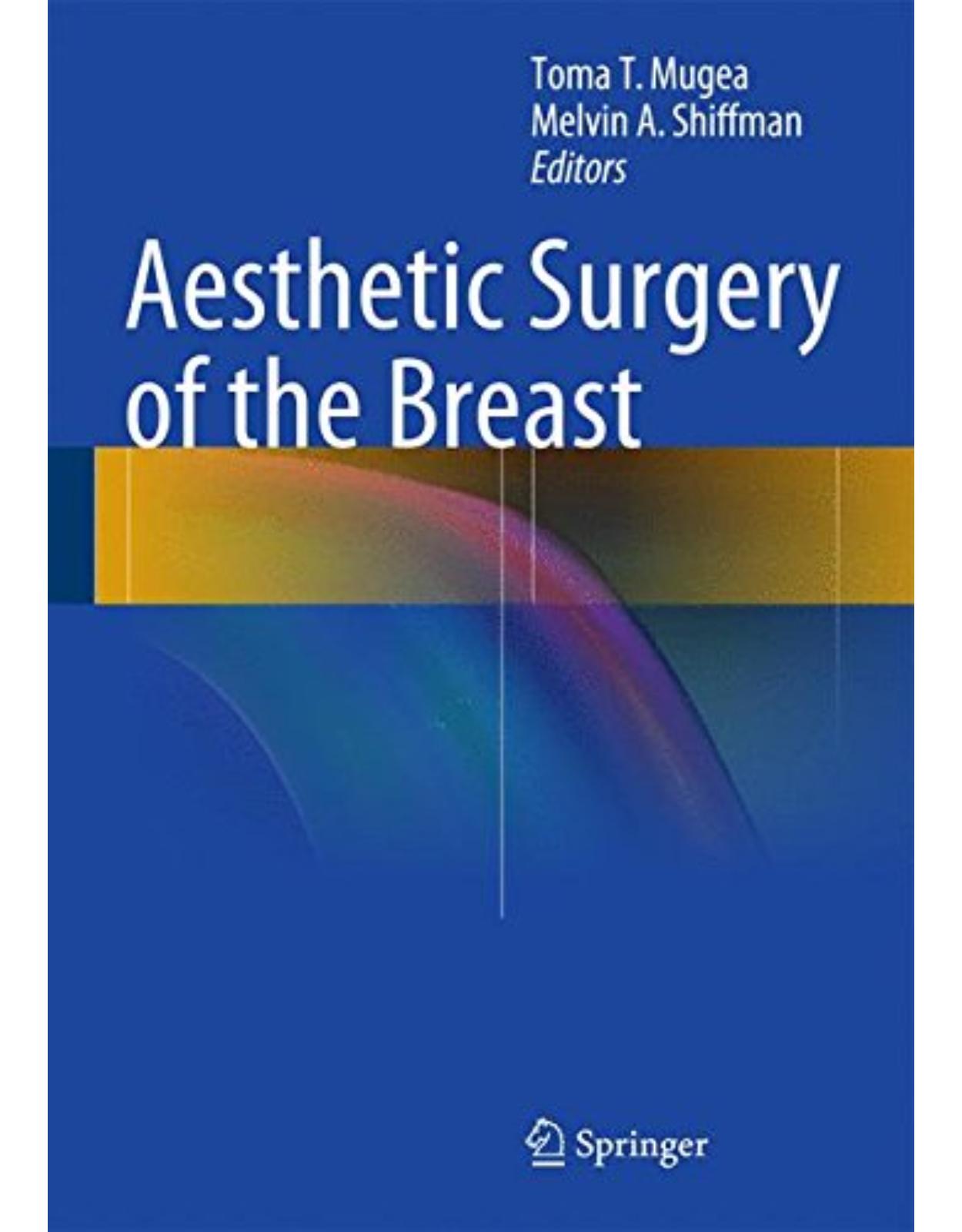
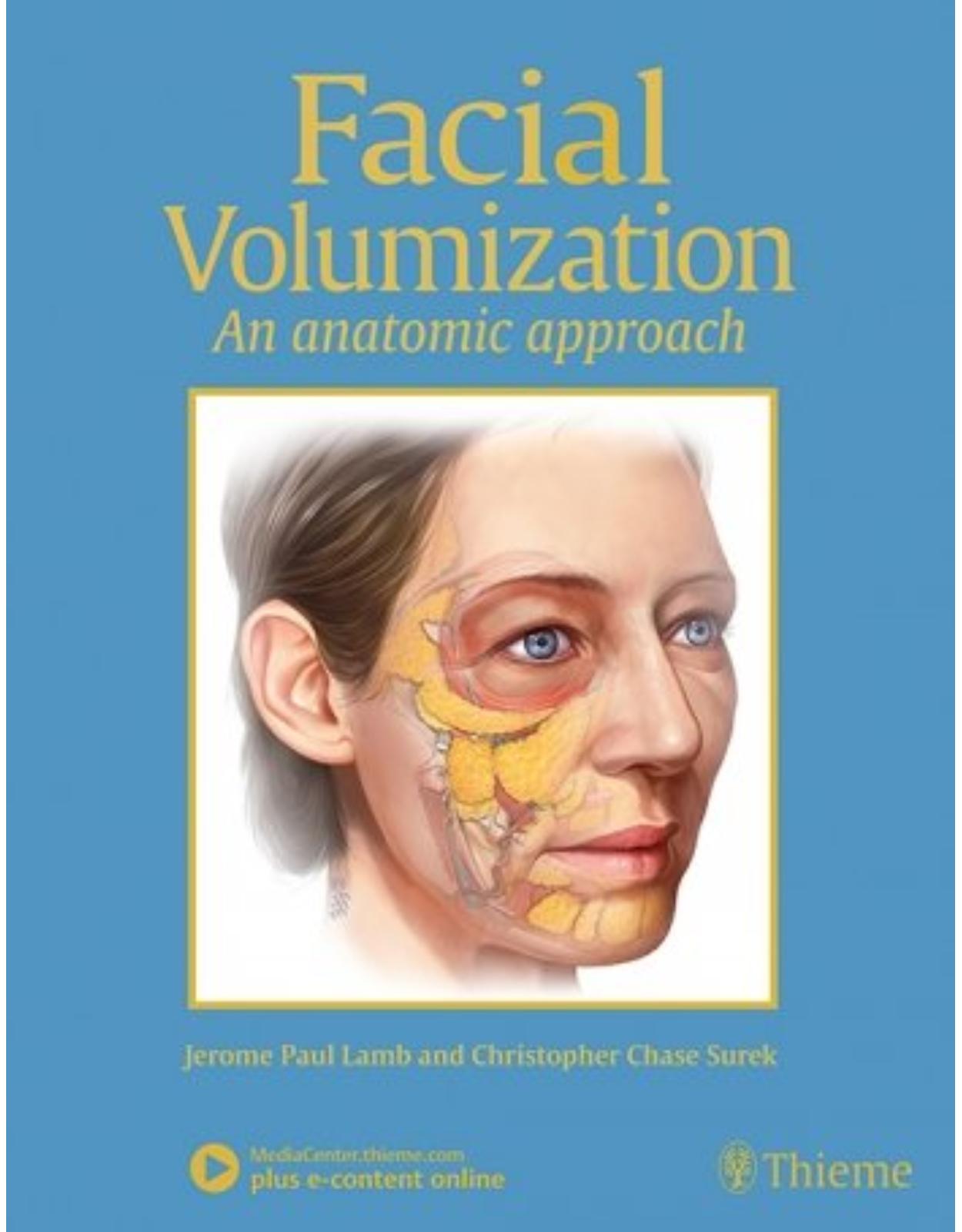
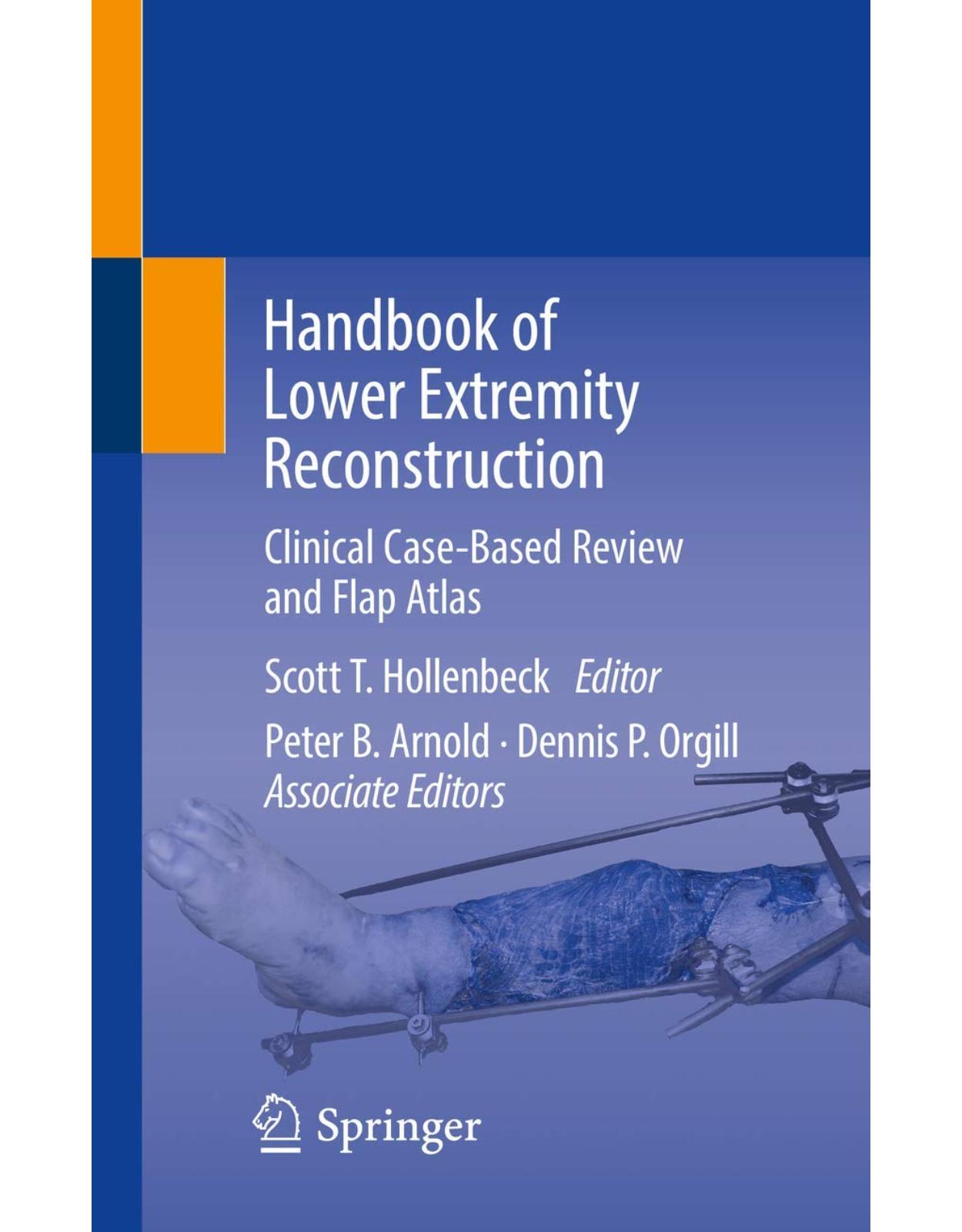
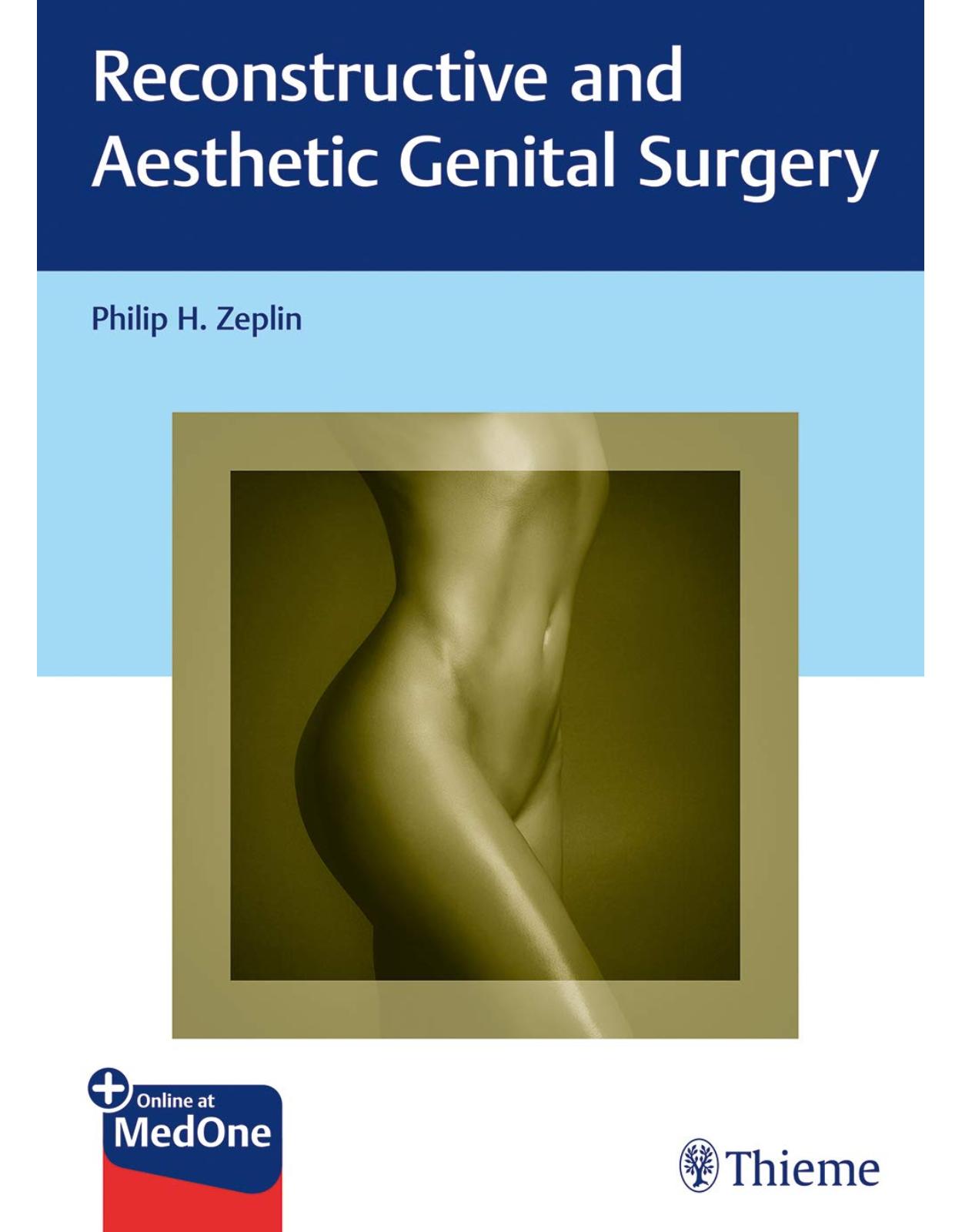
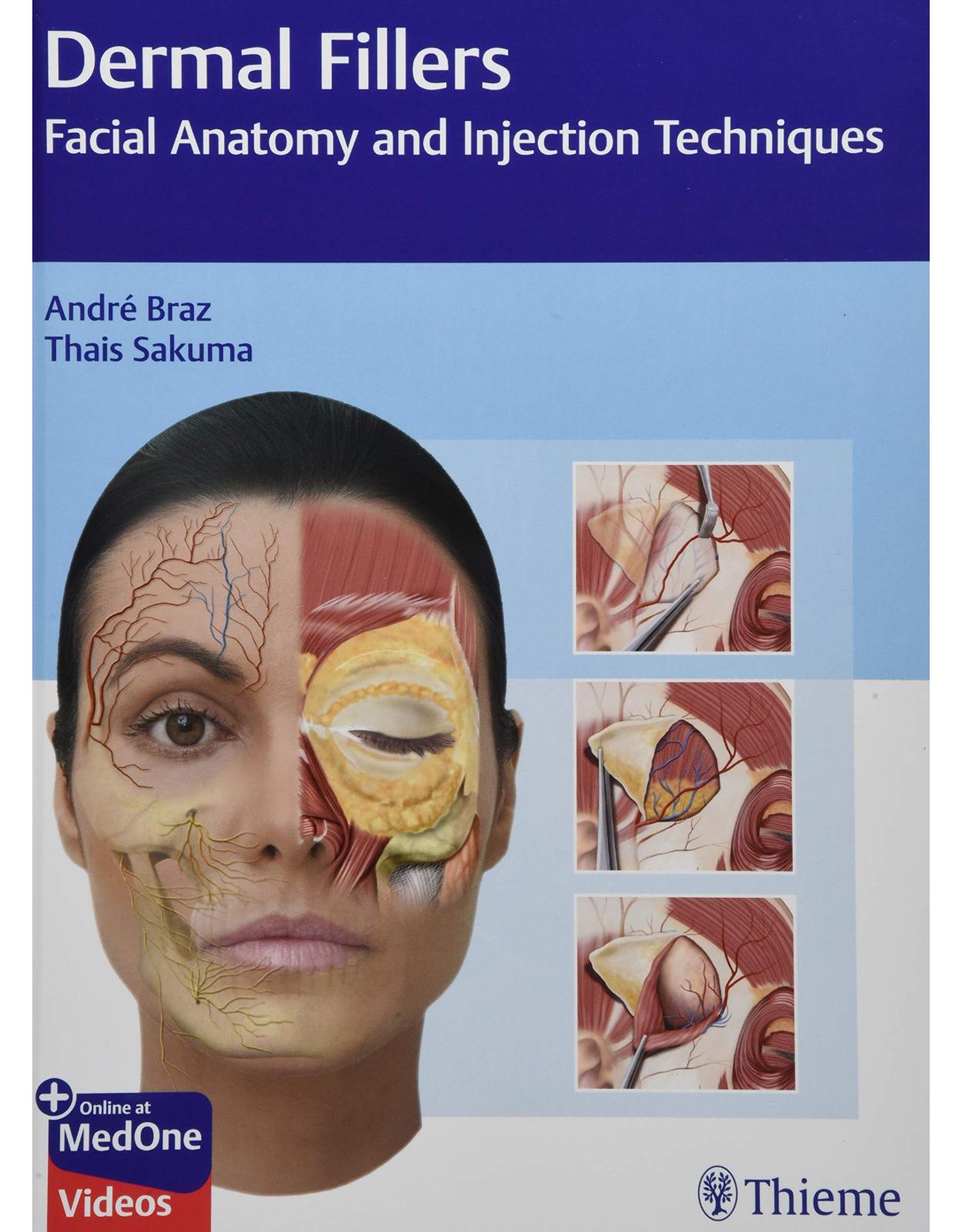
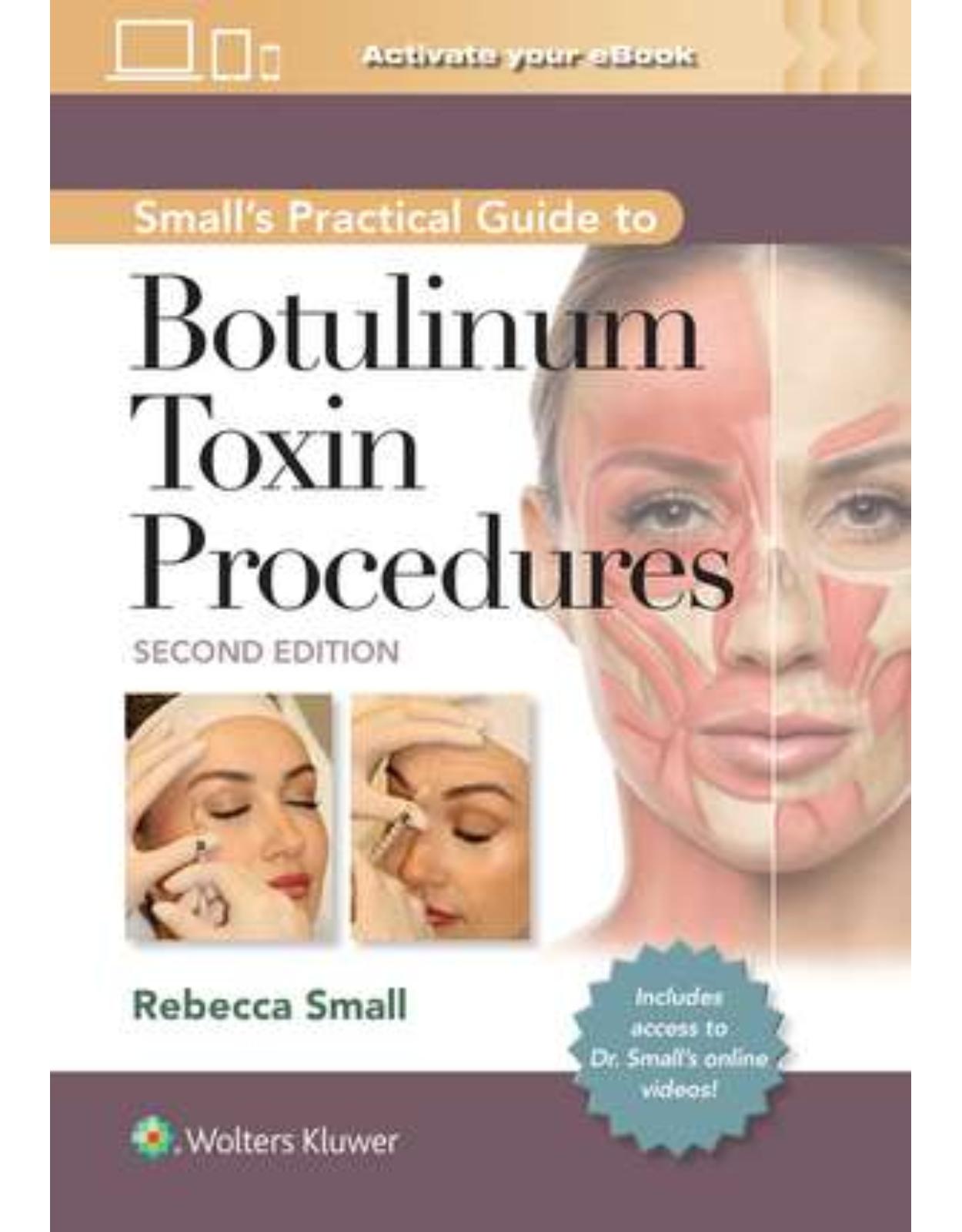
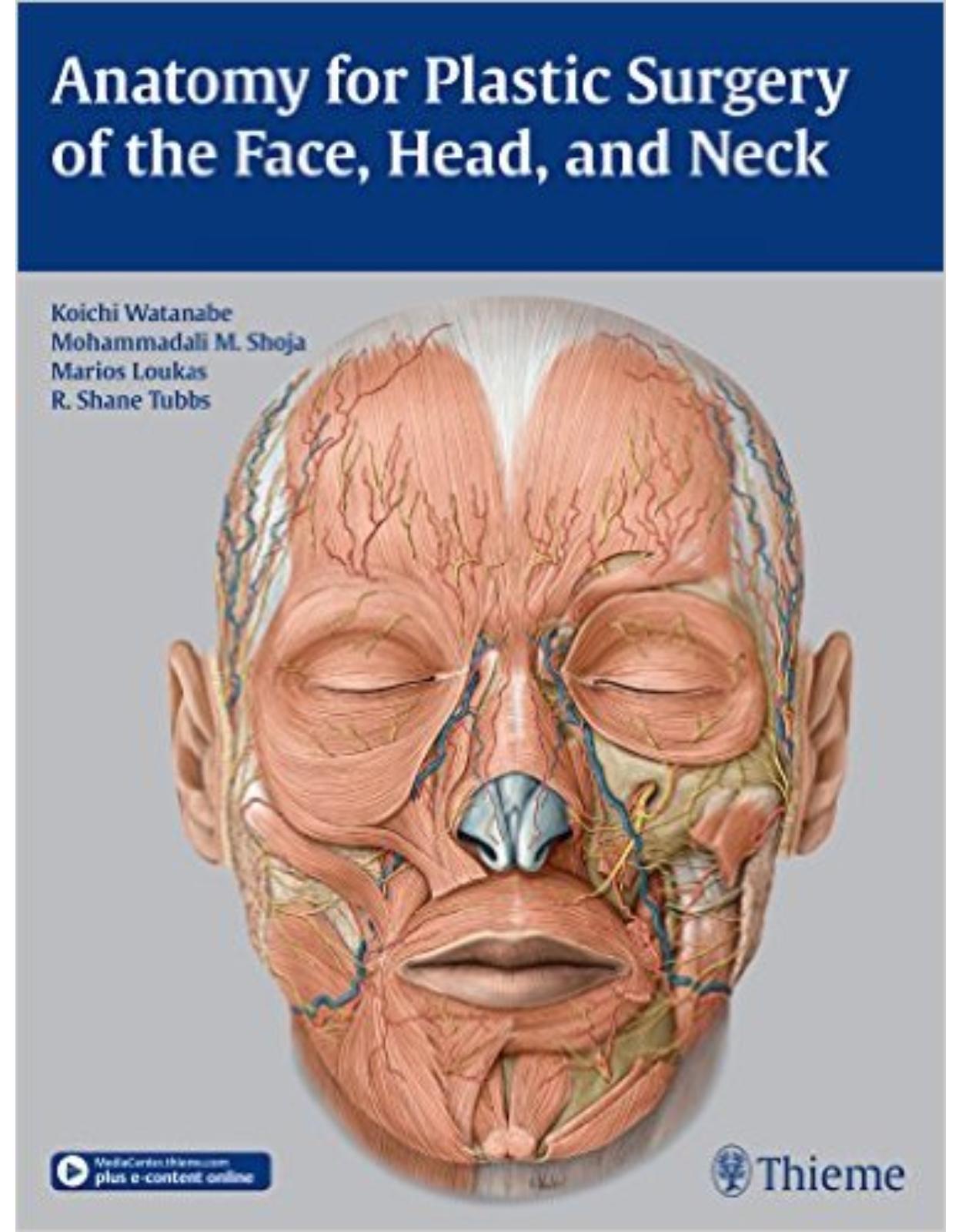




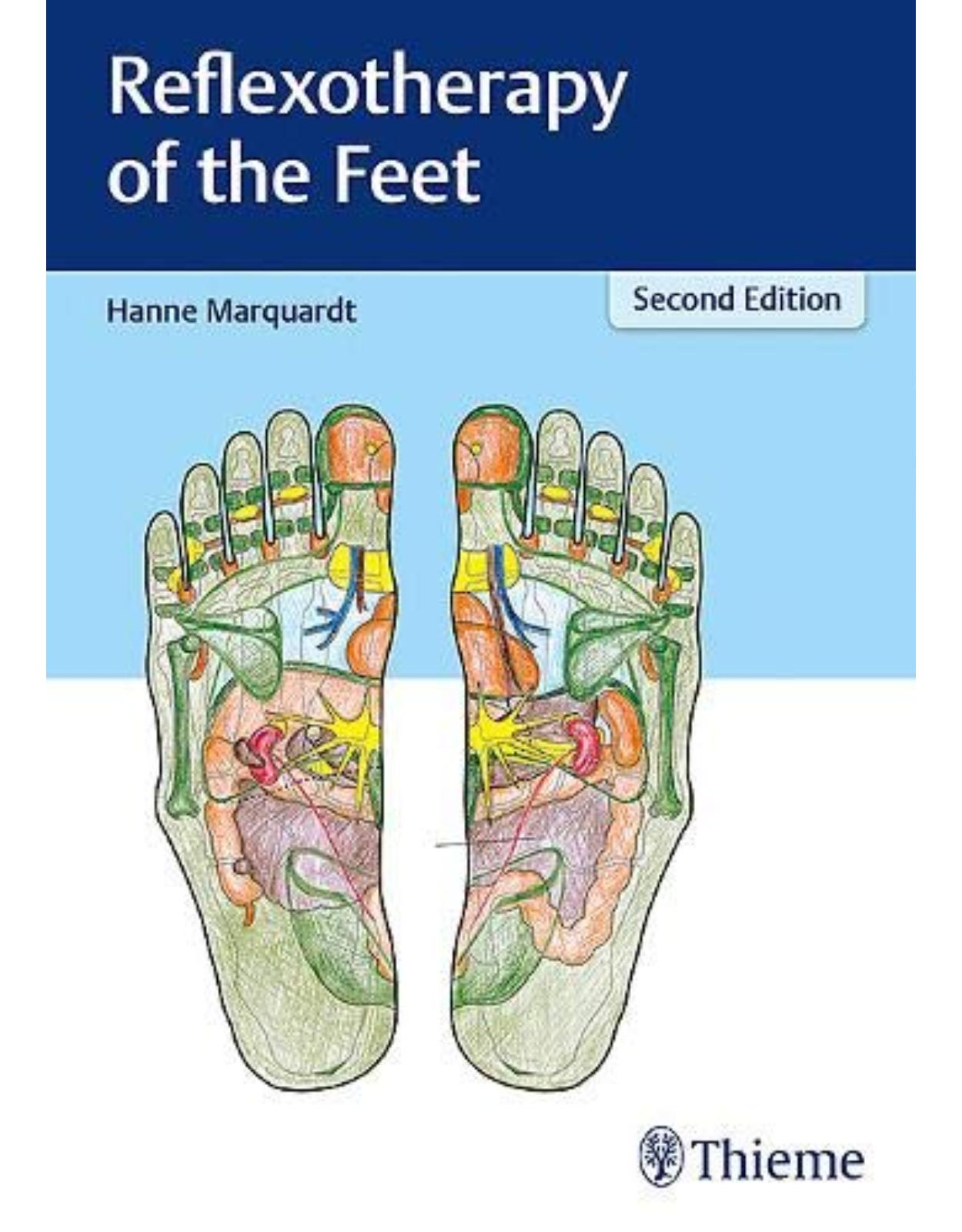

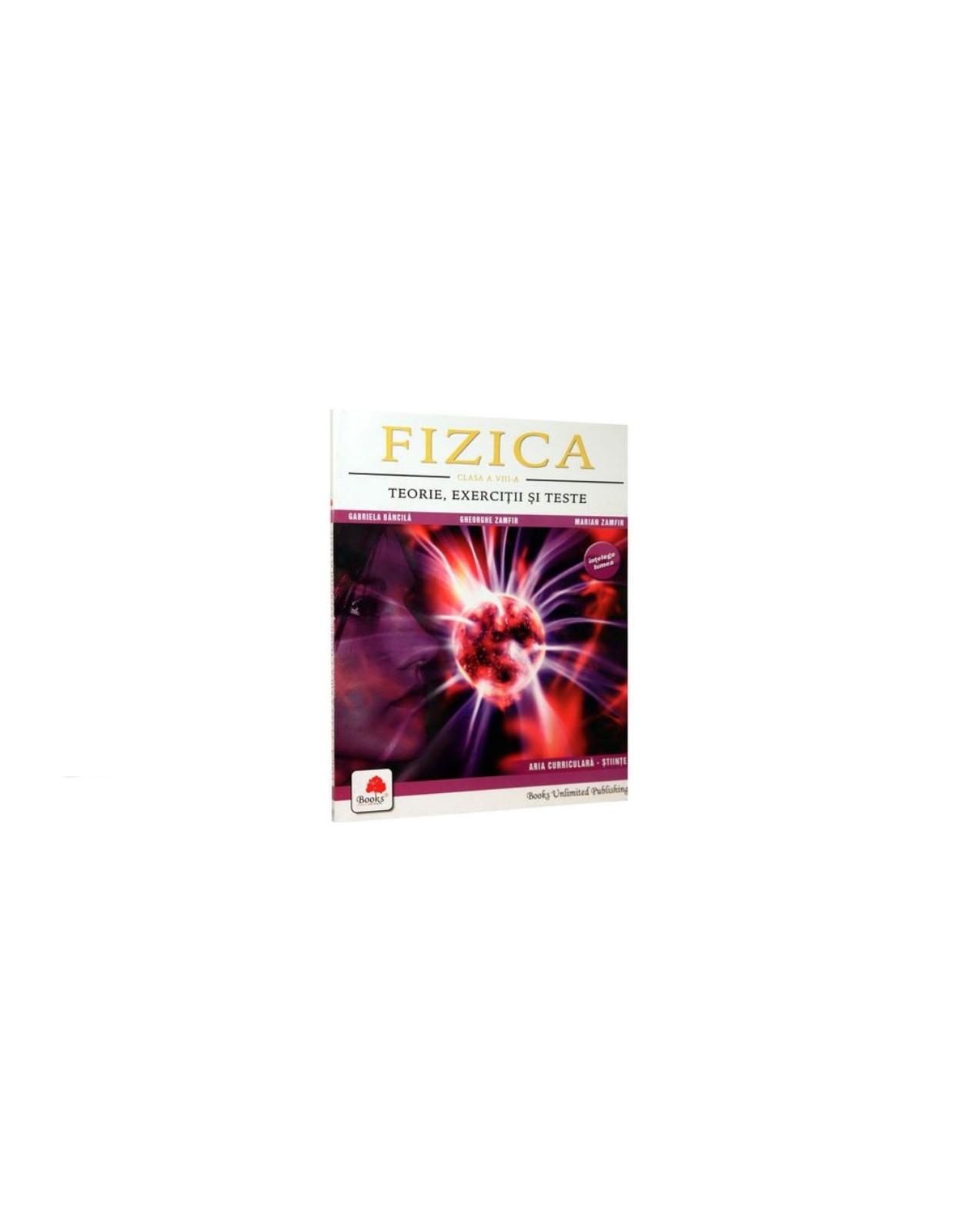
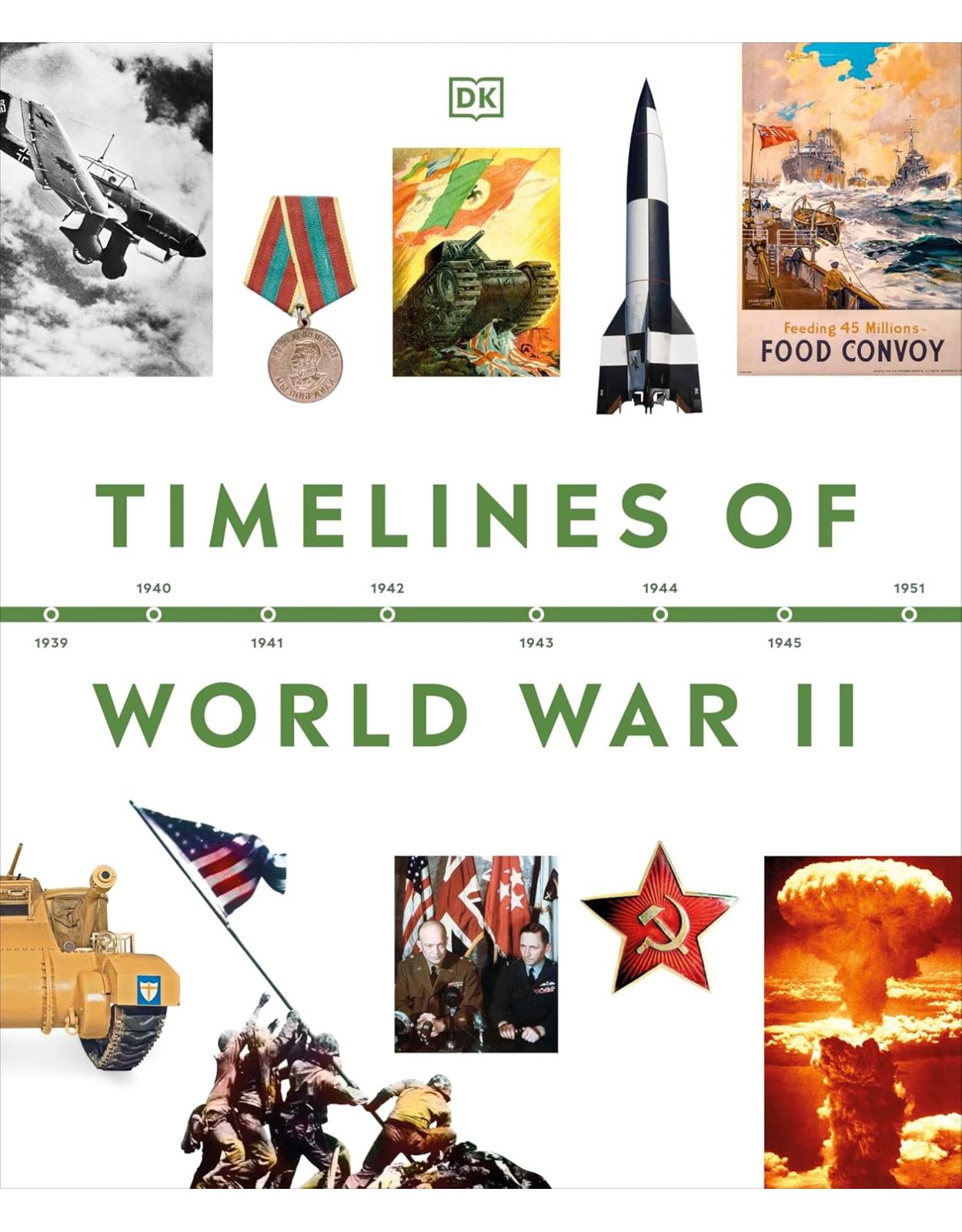
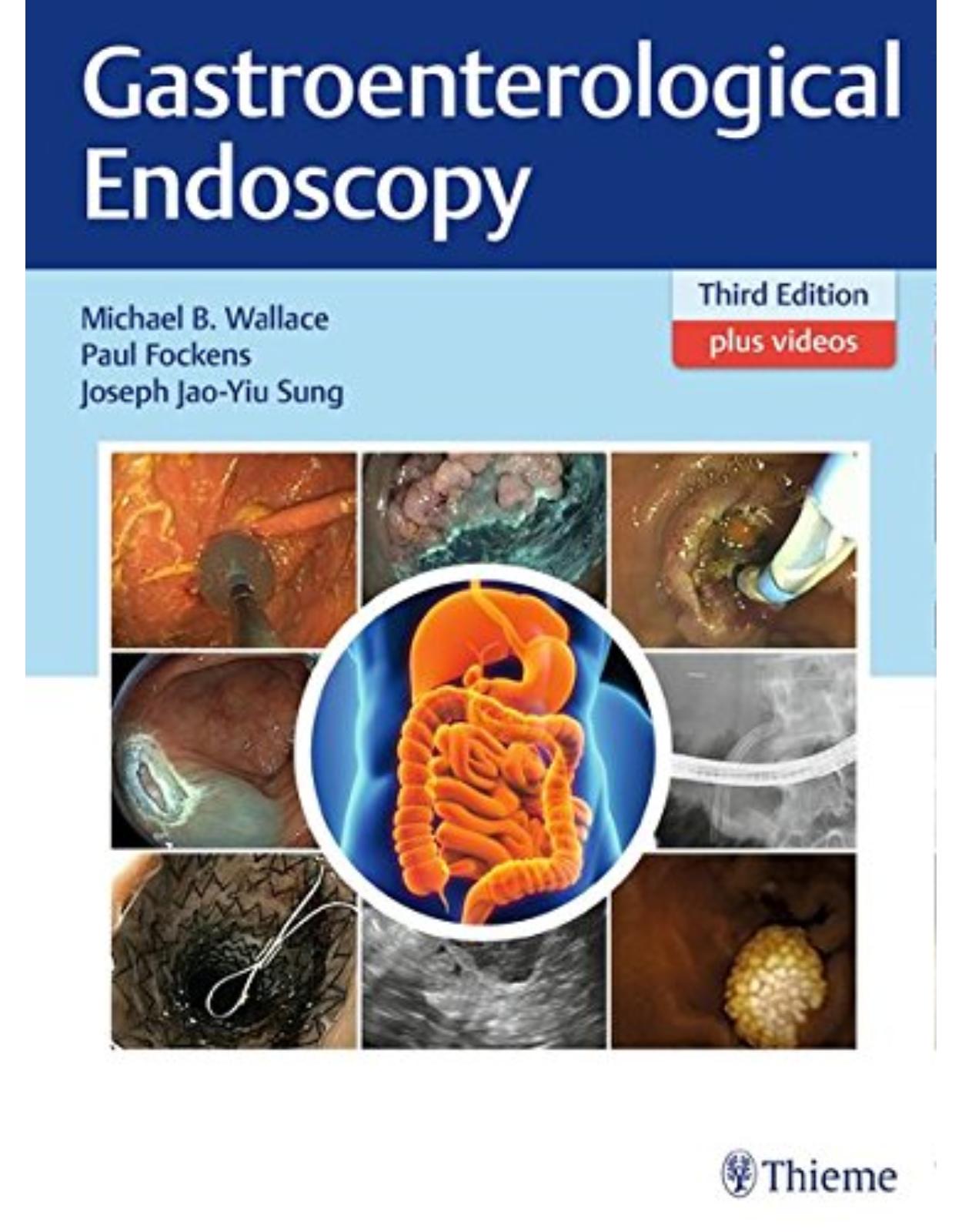

Clientii ebookshop.ro nu au adaugat inca opinii pentru acest produs. Fii primul care adauga o parere, folosind formularul de mai jos.